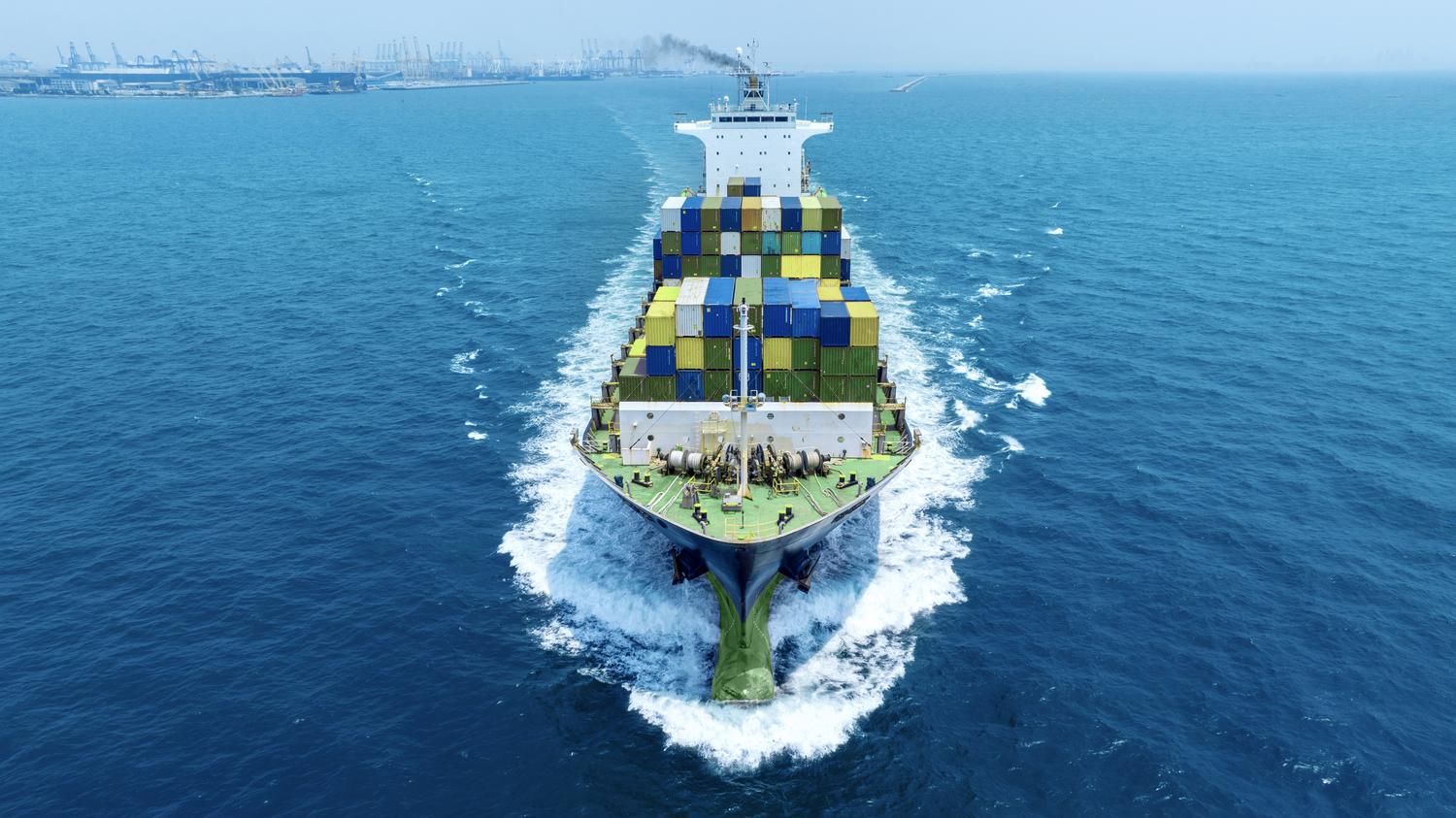
Marine
4 minute read
Behind the scenes of marine fuel R&D
Neste’s bunker fuel R&D specialist Merja Kouva offers us an insight into the development work behind maritime fuels that fulfil customer needs. In her view, Neste’s advantage lies in having complete control of the entire production chain.
As R&D Manager of Fuel Products at Neste, Merja Kouva is driven by constantly looking for new ways of securing the best possible results through persistent analysis and testing.
“Besides having great colleagues and close contacts with both business and production, the best part of our work is being able to find answers for challenges in a constantly changing world,” Kouva says.
According to Kouva, the goal for all R&D work on marine fuels is to develop good quality, clean products that answer to the customer’s needs. A recent driver for development efforts has been the IMO 2020 regulation on sulphur content, leading to, for example, the creation of the Neste Marine 0.5 fuel.
“We have the advantage of knowing the entire production chain of our marine fuels from beginning to end. Having our own refinery means that we can utilize even heavier fractions into suitable marine fuel components fulfilling the ISO 8217 specification – and process it into suitable components for marine fuels. This is a crucial difference compared to being a blender that purchases components separately from various sources,” Kouva says.
She adds that the refinery, R&D, and business all work together already at the very first stage to closely analyse the heaviest component of the final product. Factors under inspection include viscosity, density, stability, sulphur content and overall chemical composition.
“We look for certain parameters to understand the true essence of the raw material, allowing us to predict and indicate what it means for the actual production process.”
Comprehensive testing is the key
Taking the R&D process of Neste Marine 0.5 as an example, Kouva says that based on the knowledge of the upcoming global sulphur cap, the idea was first to look through potential streams suitable for a low-sulphur product. Next, pilot tests were carried out, resulting in small samples for further analysis and various tests on a laboratory scale.
“In the next phase, we carried out test runs and analyses on a larger refinery scale, which provided us with larger samples. These extensive tests help us confirm the results of the pilot phase.”
All in all, a new product such as Neste Marine 0.5 has required preparing and testing several hundreds of different types of blends and running operational tests with thousands of litres of fuel on vessel-scale test equipment. Kouva points out that although Neste had a good idea of the qualities of the heavy bottom oil to begin with, it is still a challenging raw material, consisting of heavy molecules that require more fine-tuning.
“The fact that a product fulfils the ISO quality specification set for marine fuels doesn’t necessarily mean that the product works. Here, operational tests and simulations outside the scope of specifications, for example on how the product performs in a vessel, are absolutely crucial.”
Consistency through operational tests
According to Kouva, R&D work is a continually ongoing process, also regarding Neste Marine 0.5. The material streams and processes can vary over time and require constant optimising.
Neste R&D has recently made investments in equipment for setting up operational tests and in developing methods for defining crucial qualities, such as marine fuel stability. Considering consistency – in Neste’s view the key to securing customer satisfaction – it is decisive how the company has complete control of the production process.
“The product is consistent and reliable for the customer also because we know the way it performs in real life vessel conditions through extensive testing. One of our strengths is that we do not rely on single analysis results but always ensure the product’s performance through operational tests. We follow a strict product launch procedure with certain steps and specifications to fulfil before a new product is ready for market,” Kouva concludes.




